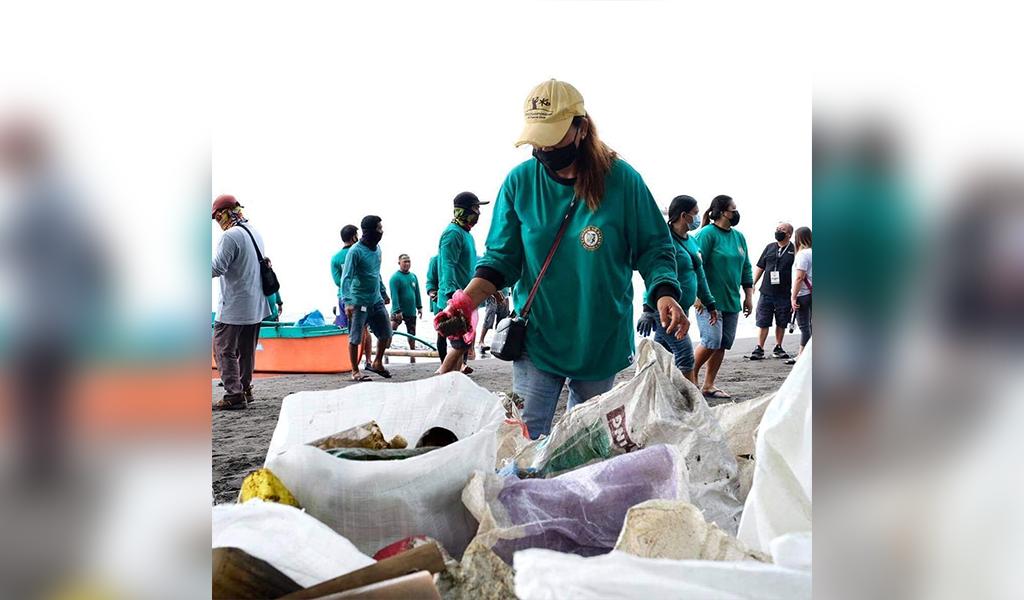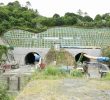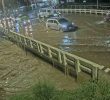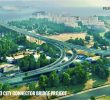
DAVAO CITY, Philippines – May pera sa basura (There is cash in trash).
Single-use plastic wastes collected by volunteer coast guards on a weekly coastal clean-up drive were recycled into hollow blocks and paver bricks for Php 13 each.
The Davao City Bantay Dagat Association’s (DCBDA) Php 5-million material recycling facility (MRF) in Barangay Daliao, Toril started to process up to 920 kilos of single-use plastic wastes last Friday, August 4.
“Itong 920 kilos if you will shred it in our facility hindi ho ito aabotin ng isang oras. Ang capacity ng ating shredder is 600 kilos per hour, yan yung average but we tested it a couple of weeks ago ang nangyayari yung 900 to 1 ton kaya sya i-shred in 30 minutes (In our facility, the 920 kilos [of plastic wastes] will not take an hour to shred. Our shredder’s average capacity is 600 kilos per hour. But [when] we tested it a couple of weeks ago, it was able to shred 900 [kilos] to 1 ton in 30 minutes),” said Raffy Bermejo, head of Bantay Dagat, during the Kapehan sa SM press conference.
The MRF, he said, has four block-making machines and another four manual block-maker machines for other designs. Each machine can use eight sacks of cement and five kilos of shredded plastic wastes daily to produce up to 90 pieces of hollow blocks.
The product is aimed for distribution to the local market for infrastructural use. Despite using recycled plastic wastes, Bermejo assured the public it is safe to use.
The MRF uses Portland cement, coarse sand, shredded plastics, and the local additives called molasses, a byproduct of the sugar-making process to make the hollow blocks dry easily and durable.
“We would like to keep it in high standard so that the compressive strength of our hollow block is competitive in accordance with the standard of the Department of Public Works and Highways,” Bermejo added.
The objective of the newly constructed MRF is to handle the collected single-use plastic materials from the group’s 61-kilometer coastal areas rather than dispose at the city’s sanitary landfill located in Barangay New Carmen, Tugbok District.
Davao City generates at least 600 to 650 tons of daily wastes according to the City Environment and Natural Resources Office, almost filling the 11.75-hectare landfill.
Only eight out of the city’s 182 barangays have functioning MRFs, according to the environmental group Interfacing Development Interventions for Sustainability. These are the areas of Tacunan, Mintal, Mahayag, Gumalang, Lapu-Lapu, Hizon, and Catalunan Grande.
Once the facility can operate regularly, Bermejo said they are proposing to put up additional facilities in other coastal areas to receive, sort, process, and store compostable and recyclable materials as mandated by the Republic Act 9003 or Ecological Solid Waste Management Act of 2000.
The MRF project was in partnership with the United Nations-Habitat Healthy Oceans and Clean Cities Initiative and funded by the Japanese government.
But Bermejo said they are facing challenges with the operations. One of the most challenging, he said, is the maintenance of the shredder that “is operated by a 15 horsepower dynamo”. This would require a “three-phase electricity”.
During the facility’s first month, when they tested around a ton of plastic waste for the initial run, they incurred at least Php 8,000 electric bill. The operational costs are running high prompting the DCBDA to seek the local government’s help.
It has requested the office of Councilor Temujin Ocampo to pass a law that will allocate funds, especially for running the shredding machine. (davaotoday.com)
davao city, plastic









